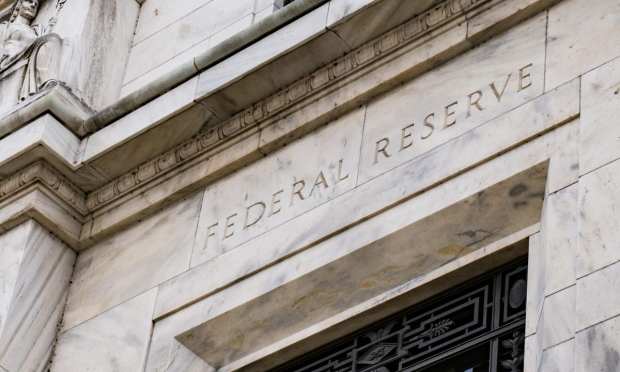Fed Signals Readiness To Act As Coronavirus Escalates

The Federal Reserve’s Thursday (Nov. 5) statement from the Federal Open Market Committee (FOMC) affirms its position to use the “full range” of tools at its disposal to stabilize the U.S. economy amid the pandemic.
“The COVID-19 pandemic is causing tremendous human and economic hardship across the United States and around the world,” said the Fed statement. “Economic activity and employment have continued to recover but remain well below their levels at the beginning of the year. Weaker demand and earlier declines in oil prices have been holding down consumer price inflation. Overall financial conditions remain accommodative, in part reflecting policy measures to support the economy and the flow of credit to U.S. households and businesses.”
The Fed will keep interest rates low and monetary policy even-keeled, but The New York Times reported that Chair Jay Powell said the uptick in COVID-19 cases is “particularly concerning.” The FOMC statement points to the hardships triggered by the pandemic and the resulting slowdown in economic activity and employment. Recovery is underway but still below the record-breaking levels at the start of 2020, the Fed said.
“The path of the economy will depend significantly on the course of the virus,” the statement read. “The ongoing public health crisis will continue to weigh on economic activity, employment, and inflation in the near term, and poses considerable risks to the economic outlook over the medium term.”
Aside from maximum employment, the FOMC seeks inflation at the rate of 2 percent over the longer run. The committee said it would continue to evaluate monetary policy as information is obtained and analyzed. Information will be evaluated from conditions relating to public health, labor market, inflation pressures and inflation expectations.
When the pandemic first took hold in the U.S. in March, panic and policy took center stage, with the federal funds rate slashed by 50 basis points as the country fretted over the implications. With supply chain disruptions and the anticipation of weakened demand, companies cut estimates and forecasts.
The Fed lowered interest rates to near zero, with March 3 being the first emergency rate cut since the Great Recession.
